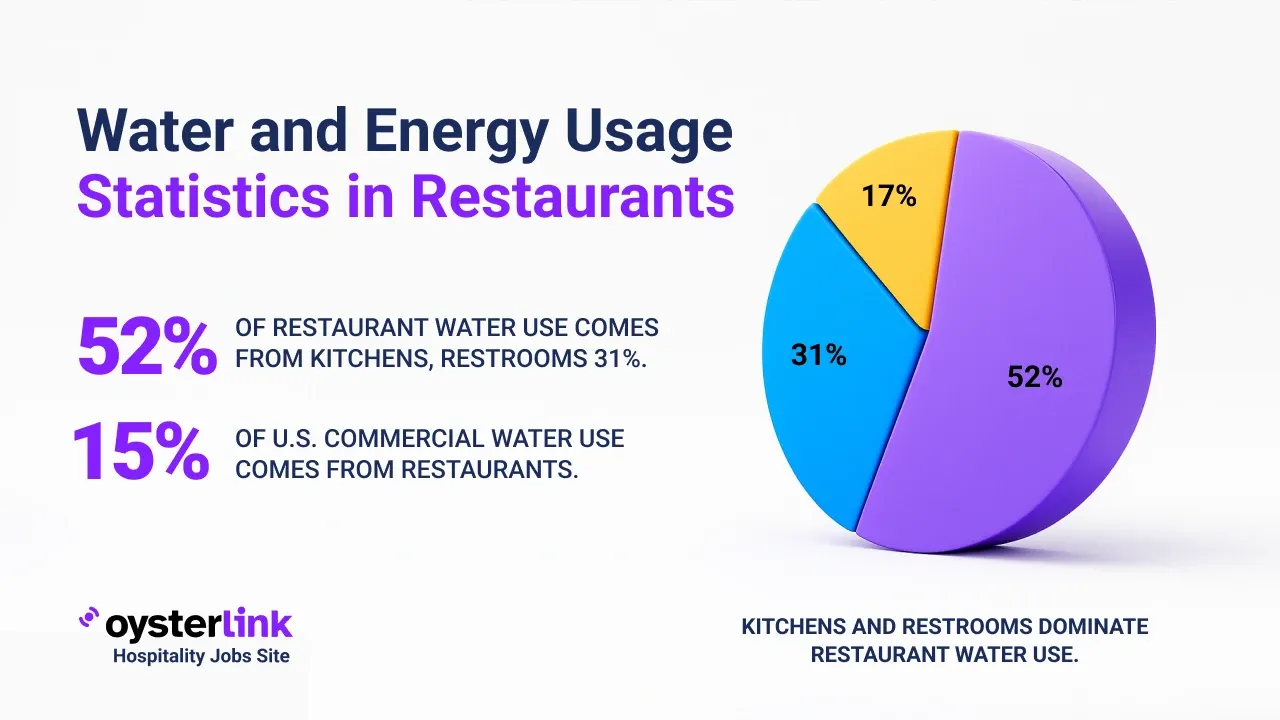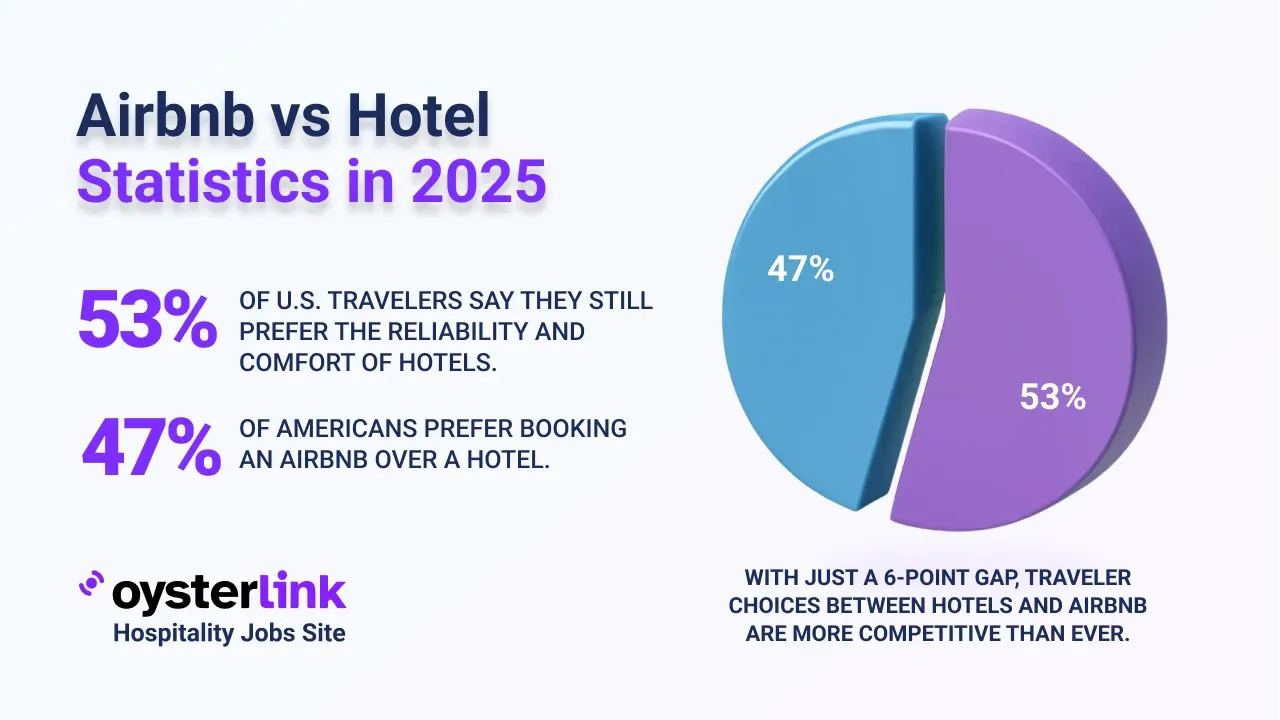Idaho Cost of Living: Quick Takeaways
- Housing Costs: The average rent for a one-bedroom apartment in Idaho is projected to reach $1,200 in 2025, reflecting a steady increase over the years.
- Transportation Expenses: Public transit fares are affordable with monthly passes costing about $50, but fuel and vehicle maintenance add to overall transportation costs.
- Healthcare Costs: Monthly employer-sponsored health insurance averages around $496.50, with private Silver plans at approximately $621.
- Income Levels: Median household income is expected to reach $75,000 in 2025, marking significant growth since 2010.
Idaho offers a mix of affordable living and rising costs, particularly in housing and transportation. This article provides a detailed look into the cost components shaping life in Idaho in 2025.
Understanding local expenses helps residents and newcomers plan budgets effectively for daily living, investments and long-term financial goals.
This article includes breakdowns of housing, utilities, transportation and more to give a comprehensive cost of living overview.
1. Housing Costs in Idaho
Housing costs are a major part of living expenses. Below is a historical view of average rent for a one-bedroom apartment in Idaho:
- 2010: Approximately $700
- 2015: Around $850
- 2020: About $1,000
- 2024: Reached $1,150
- 2025: Projected at $1,200
These figures show a consistent rise in rental costs, driven by increasing demand and limited supply.
For hospitality businesses looking to optimize their locations and staffing in Idaho, understanding hospitality real estate market trends can provide valuable insight for making informed decisions.
2. Homeownership and Real Estate Trends in Idaho
For prospective homebuyers, median home prices have seen significant growth over recent years:
- 2010: Median home price was around $150,000
- 2015: Increased to approximately $200,000
- 2020: Rose to about $300,000
- 2024: Jumped to $445,000
- 2025: Projected to be $450,000
This upward trend highlights Idaho's growing real estate market, impacting affordability.
3. Transportation Expenses in Idaho
Transportation costs in Idaho include various components:
- Public Transit: One-way fare averages $1.50, with monthly passes around $50.
- Fuel Costs: The average price per gallon is approximately $3.61 in 2025.
- Vehicle Maintenance: Annual costs average $385, lower than many states.
Transportation expenses may vary based on commuting habits and vehicle type.
Businesses in the hospitality sector can benefit from understanding how utility and transportation costs affect operating budgets in local markets like Idaho.
4. Utility Costs in Idaho
Monthly utility expenses typically include:
- Electricity: About $100 per month
- Internet: Roughly $50 per month
- Total Monthly Utilities: Around $343.71, including other services
These costs are influenced by usage and providers.
5. Grocery and Food Expenses in Idaho
Groceries average approximately $404.92 per person monthly, slightly above national average.
Dining options include:
- Casual Meal: Around $15
- Mid-Range Restaurant Meal: Approximately $50
Food expenses reflect local pricing and lifestyle.
For restaurant owners and managers, leveraging insights from restaurant consumer trends can help tailor offerings and enhance customer satisfaction.
6. Healthcare Costs in Idaho
Healthcare monthly spending includes:
- Employer-Sponsored Insurance: Averaging $496.50 per month
- Silver Plan: About $621 per month for private plans
These fees vary by coverage and individual needs.
7. Educational Expenses in Idaho
Education costs vary by type and institution:
- Public Schools: Tuition-free as funded by taxes
- Private School Tuition: Averages near $10,000 annually
- In-State University Tuition: Around $7,000 yearly
Costs depend on educational choices.
8. Entertainment and Leisure in Idaho
Leisure activities and entertainment costs include:
- Movie Ticket: $12 each
- Gym Membership: $30 per month
- Mid-Range Restaurant Meal: $50
- Annual Entertainment Expenses: Approximately $2,000
- Personal Care Services Annually: Around $600
These contribute to overall quality of life.
9. Taxes and Miscellaneous Fees in Idaho
Tax landscape consists of:
- State Income Tax: Max rate approximately 5.8%
- Sales Tax: About 6%
- Property Tax: Roughly 0.69% rate
Taxes impact resident budgets and investments.
10. Childcare and Family Expenses in Idaho
Family-related costs include:
- Daycare: Roughly $800 per month
- After-School Programs: Around $300 monthly
- Extracurricular Activities: Approximately $100 per month
These costs are essential for budgeting families.
11. Clothing and Personal Care in Idaho
Monthly expenditures include:
- Clothing: About $100
- Personal Care: Roughly $50 per month
These figures depend on lifestyle choices.
12. Insurance Costs in Idaho
Insurance premiums are important financial factors:
- Health Insurance: Average monthly premium of $621 for Silver plans
- Auto Insurance: Annual premiums around $960
- Homeowners Insurance: Approximately $1,200 yearly
- Renters Insurance: About $180 annually
Insurance protects against financial risks.
13. Miscellaneous Expenses in Idaho
Additional costs include:
- Entertainment: Annual spending on entertainment averages $2,000
- Personal Care Services: Around $600 yearly
- Miscellaneous Goods and Services: Approximately $500 annually
These vary by individual preferences and needs.
14. Income and Salaries in Idaho
Median household incomes have risen steadily:
- 2010: Around $46,000
- 2015: Approximately $50,000
- 2020: About $55,000
- 2023: $74,636
- 2025: Projected at $75,000
Income growth reflects economic development in the state.
For those exploring hospitality careers, knowing about hospitality wages in 2025 offers insight into earning potential.
Employers interested in staffing can find valuable advice in our guide on restaurant staff hiring to attract and retain quality team members.
15. Comparison with National Averages
Idaho's cost of living compares with national figures as follows:
- Overall Cost of Living: Approximately 5.5% higher than the national average
- Housing: Roughly 10% above national levels
- Utilities: Around 20% below national average
- Food: About 1% higher than average
- Healthcare: Approximately 1% above national average
- Transportation: Roughly 12% higher
- Goods and Services: Significantly higher by around 41%
These comparisons aid in understanding Idaho's affordability relative to the country.
Our Methodology for Idaho Cost of Living Figures
Our data aggregates information from multiple trusted sources, including government reports, reputable surveys and market research platforms.
We estimate figures where exact data is unavailable, ensuring a comprehensive and realistic portrayal of Idaho’s cost of living in 2025.
Idaho Cost of Living: Conclusion
Idaho’s 2025 cost of living reflects a balance of rising housing and transportation costs, offset by relatively low utility expenses.
Income growth has kept pace with increasing costs, providing residents with purchasing power amid price changes.
Understanding these detailed cost components helps current and prospective residents make informed financial decisions and plan for a comfortable lifestyle in Idaho.
For hospitality employers planning operations in Idaho, learning how to hire reliable kitchen staff can be crucial for smooth business performance.

.webp)
.webp)

